Shoemaking - one of the world's most popular crafts
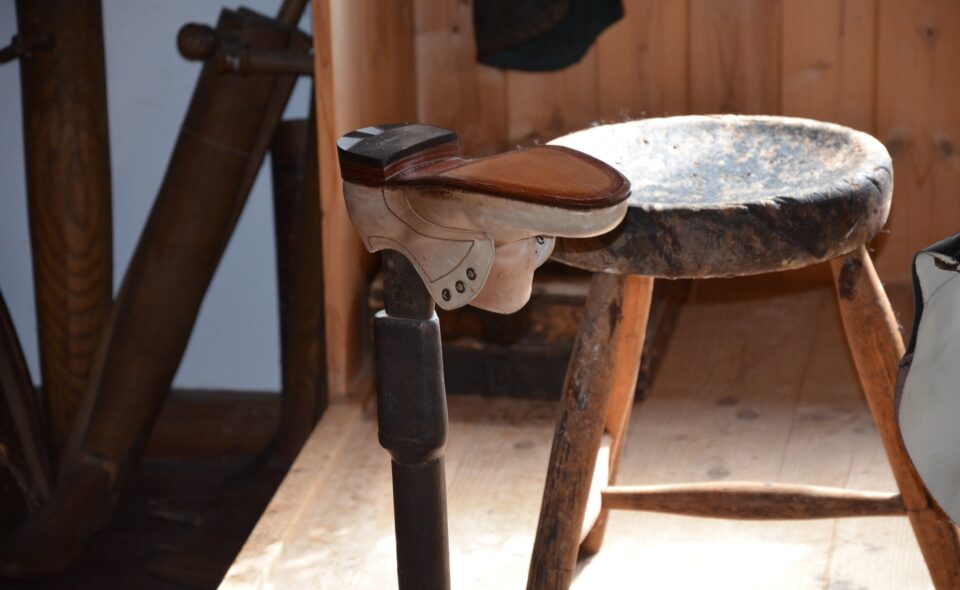
Mówiono o nich, że sami chadzają bez butów i zarzucano, że łatwo wpadają w furię. Mimo, że produkowali wyroby niezwykle przydatne w codziennym życiu, nie cieszyli się specjalnym prestiżem. Szewców – bo o nich mowa – jest coraz mniej, a zawód, w którym pracują jest zawodem powoli ginącym.
Pipe making - craft or passion?
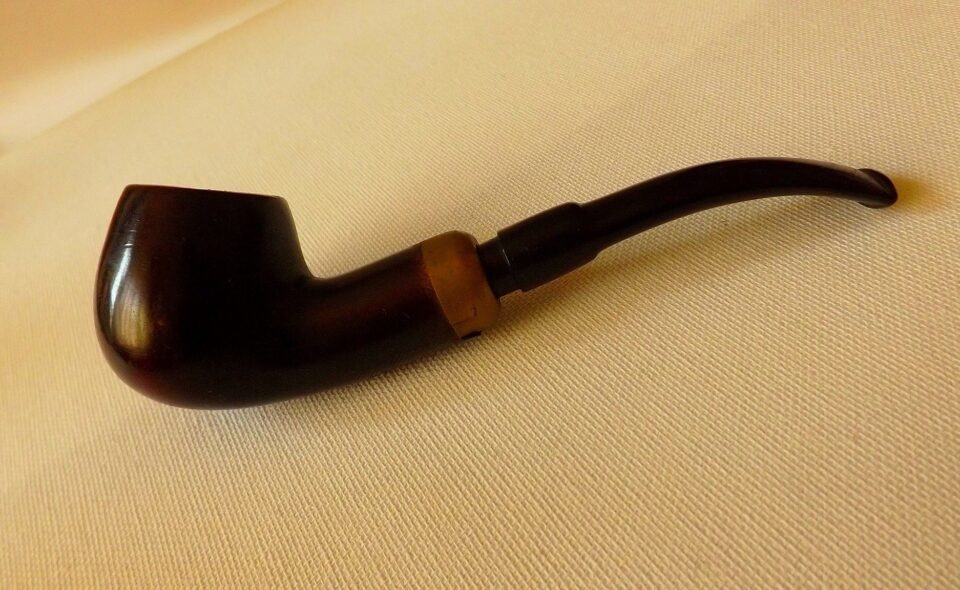
The pipe is probably the oldest instrument used to inhale the smoke of glowing tobacco or other vegetable substances. The Scythians using this object was mentioned by Herodotus in the 5th century BC. Subsequently, pipe smoking was taken over from them by Germans, Gauls, Romans and Greeks.
Playing with fire, or the role of stove makers in tradition
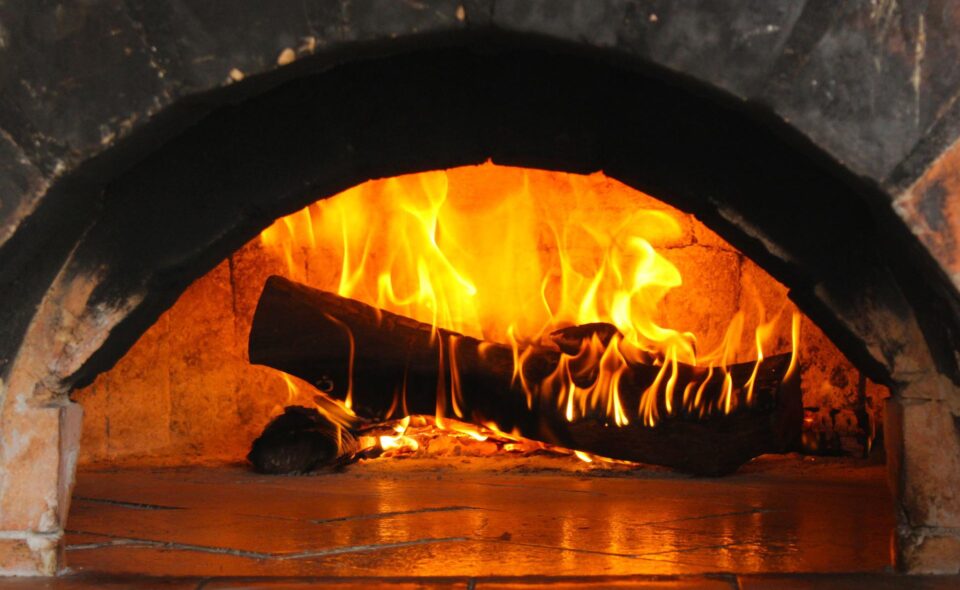
Dom to najważniejsze miejsce dla każdego człowieka na świecie. To miejsce, gdzie można być sobą, odpocząć, schronić się i poczuć się bezpiecznie. Bardzo długo najważniejszym sprzętem w wielu domach, szczególnie na wsiach był piec. To on dawał ciepło i pożywienie, czyli to, bez czego trudno było przetrwać.
Carpentry - the art of creating beautiful buildings from wood
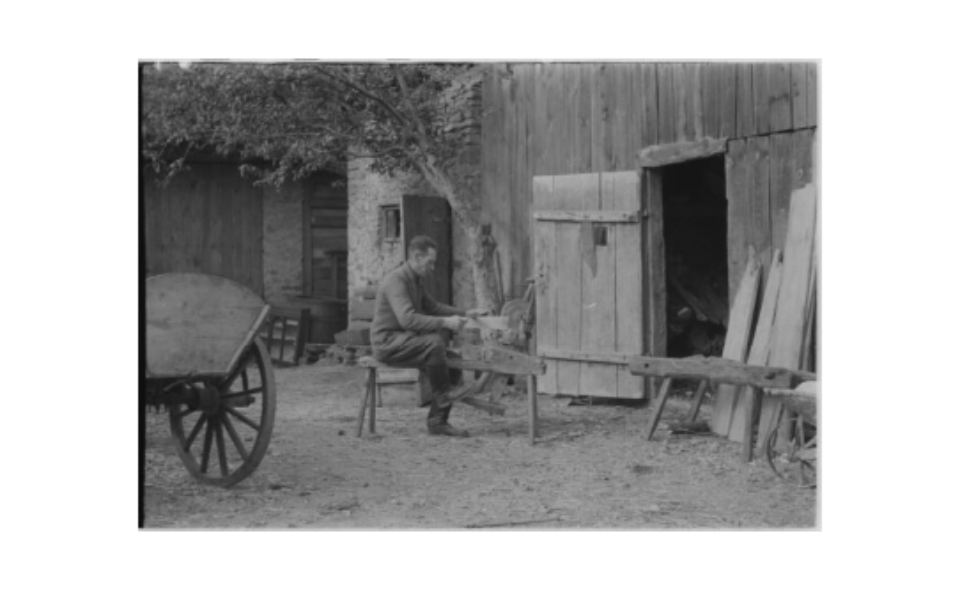
Początki ciesielstwa sięgają zamierzchłych czasów, kiedy to ludy koczownicze przechodziły na osiadły tryb życia. Mistrzowie tego rzemiosła pozostawili po sobie niezwykłe budowle będące prawdziwą ozdobą polskiego krajobrazu. Ich praca znacząco wpłynęła na stworzenie regionalnych odmian budownictwa i piękno rodzimej architektury.
Shoemaker without shoes, stove without stove
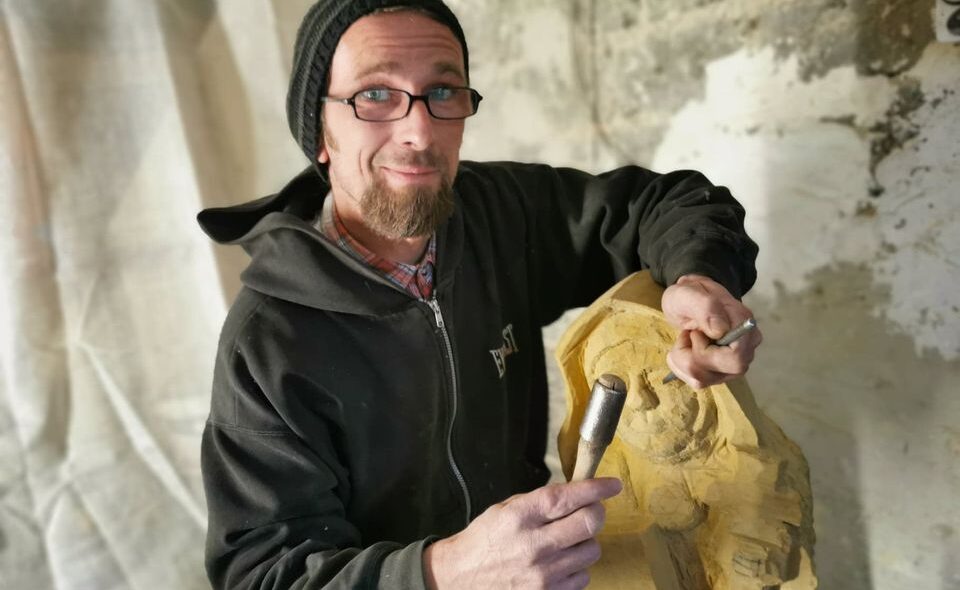
A man of many talents - he builds stoves and fireplaces, carves in stone and wood, paints on glass, designs and makes furniture. He teaches others and promotes folk arts and crafts where he can. Although he has already won many awards and titles he still does not lack humility.
Radosne Zapusty w Instytucie
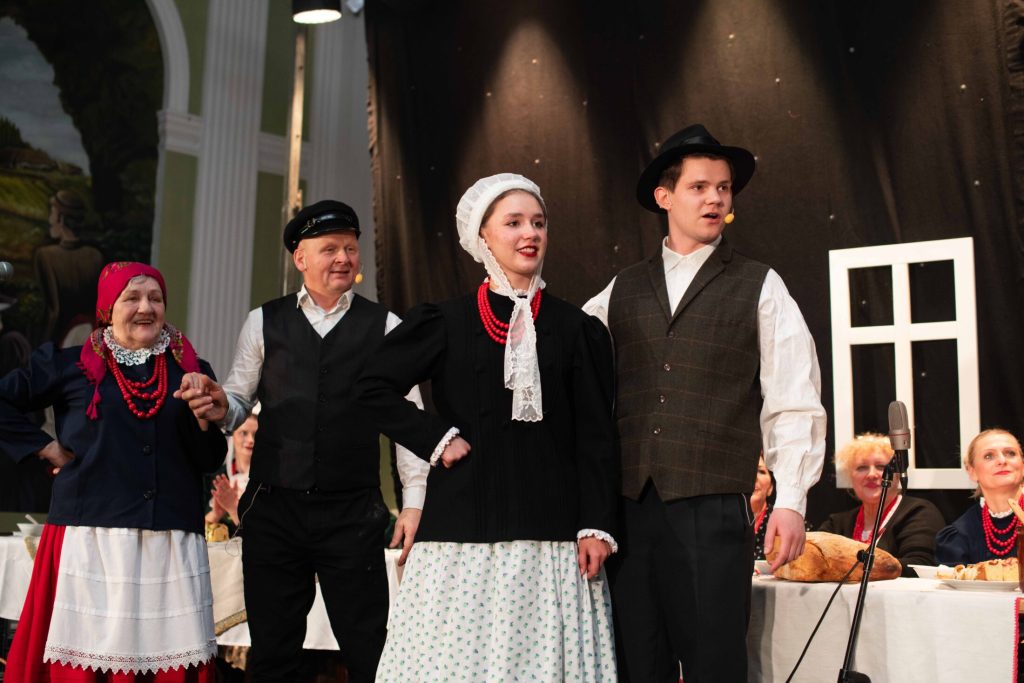
W ostatnią sobotę karnawału, w Narodowym Instytucie Kultury i Dziedzictwa Wsi odbył się zapustny wieczór z potańcówką, który rozpoczęto prezentacją dwóch spektakli obrzędowych wprowadzających zgromadzonych gości w klimat dawnego świętowania.
Kolodziej - cart manufacturing specialist
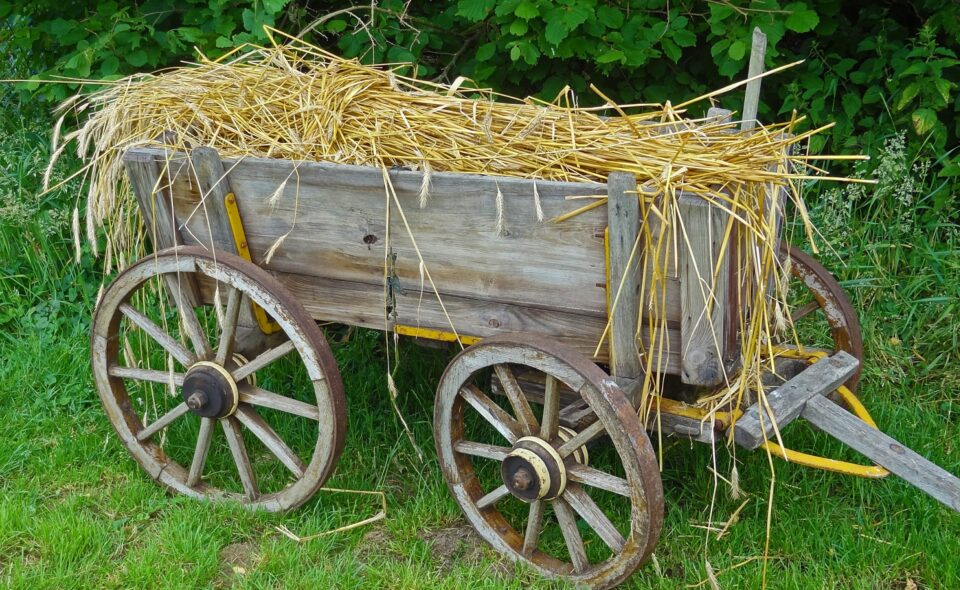
What would a village be without carts, chaises or wheelbarrows? All these vehicles were cared for by wheelwrights, craftsmen who made and repaired them. Their work required extensive knowledge, great skill and a workshop composed of many specialized tools.
Blacksmithing trade past and present
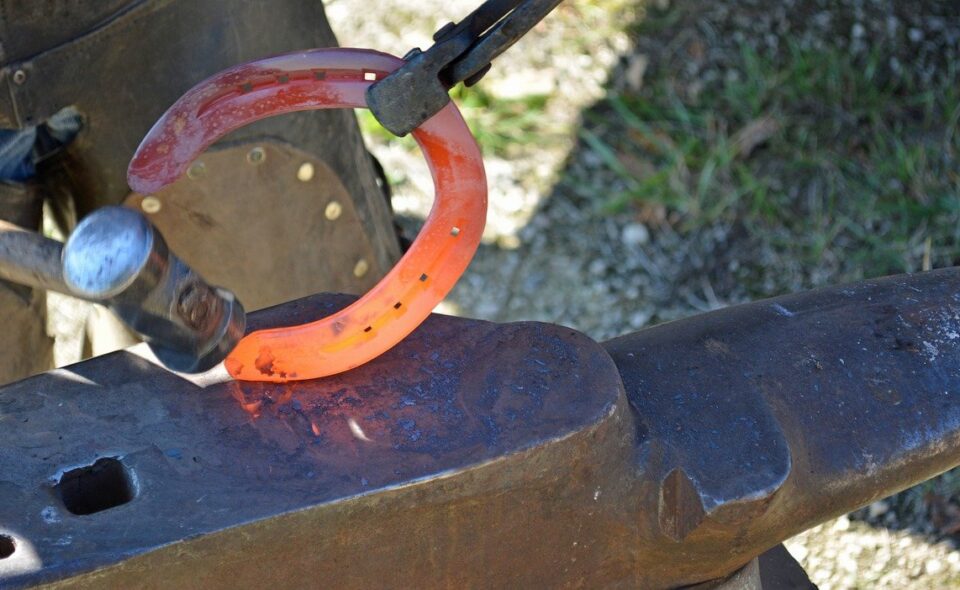
It is no coincidence that the most popular surname in Poland is "Kowalski." For many centuries blacksmiths were practically in every village, town, castle or at the nobleman's manor, and their work was essential to the life of the community. Blacksmiths produced ploughshares, nails, axes, chains and other iron tools and objects. Blacksmiths were best known for making horseshoes and shoeing horses.
Barrels, bulbs, bales - the result of a cooper's work

The first cooper's products were known in Poland as early as the 3rd to 5th century. They were used on the farm for storing food, washing or when eating meals. They were used by merchants to transport goods, they were used by brewers, tanners and miners. One simply could not do without them....
Golinska snutka - folk embroidery from Wielkopolska region
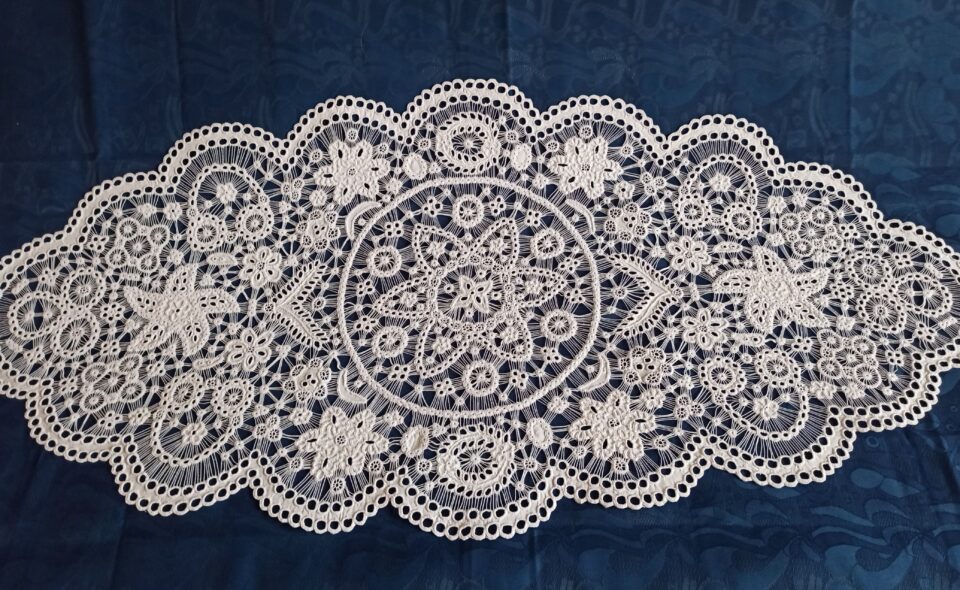
Golinskaya spun is a type of folk embroidery, with distinctive openwork motifs, created and developing probably from the mid-19th century throughout Greater Poland, Its name comes from the way it is made, or more precisely from the most important activity during the work, namely, spinning.